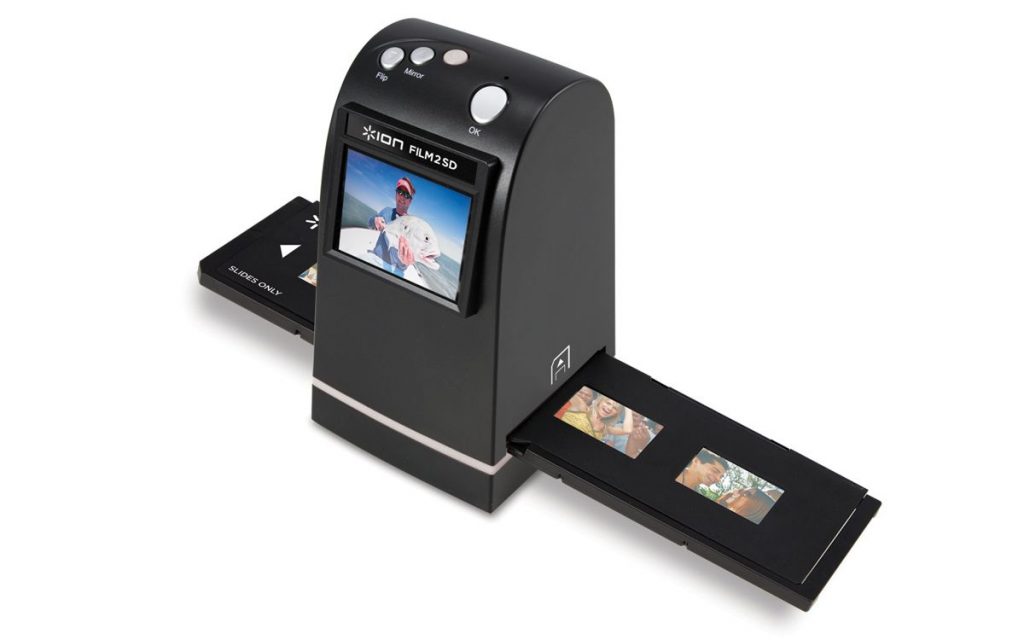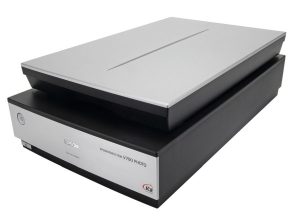Contents
Film and Slide Scanners: A Guide to Digitizing Analog Photography
Film and slide scanners serve as essential tools for preserving and digitizing analog photography collections. These specialized devices convert physical film negatives, slides, and transparencies into digital files, enabling photographers to archive, edit, and share their analog work in the digital realm.
Types of Film Scanners
Film scanners represent specialized imaging equipment designed specifically for digitizing photographic negatives and slides. Understanding their distinct categories helps photographers choose the right tool for their archival needs.
| Scanner Type | Features | Best For | Resolution Range | Price Range |
|---|---|---|---|---|
| Flatbed Scanners | Built-in transparency adapters, large scanning area, dual functionality for prints and films | Medium format film, multiple frames simultaneously, budget-conscious users | 2400-6400 dpi | $200-1000 |
| Dedicated Film Scanners | High resolution, superior optics, Digital ICE technology, auto-focus systems | 35mm film, professional work, high-volume scanning | 4000-10000 dpi | $1000-3000 |
| Multi-Format Scanners | Multiple film holder options, versatile format support, batch scanning capabilities | Mixed format collections, archival projects | 3200-8000 dpi | $800-2500 |
Flatbed scanners with transparency adapters offer remarkable versatility, capable of handling both reflective materials and film. Their large scanning area proves invaluable for medium format photographers, allowing simultaneous scanning of multiple frames, though they may sacrifice some resolution compared to dedicated units.
Dedicated film scanners represent the gold standard in film digitization, featuring specialized optics and sensors optimized for transparency scanning. These devices often incorporate advanced features like infrared dust and scratch detection, auto-focus mechanisms, and superior color depth, making them essential for professional archival work.
Multi-format scanners bridge the gap between flatbed and dedicated units, offering modular film holders for various formats from 35mm to large format sheets. Their versatility makes them ideal for photographers working with diverse film collections, though they may not match the ultimate resolution of top-tier dedicated scanners.
Each scanner type employs distinct technologies for image capture. While flatbeds use CCD (Charge-Coupled Device) sensors, dedicated scanners often utilize PMT (Photomultiplier Tube) technology for superior dynamic range and color accuracy. Modern units frequently incorporate LED light sources, ensuring consistent illumination and reducing warm-up times compared to traditional cold cathode systems.
Key Technical Specifications
When selecting a film scanner, consider these crucial specifications:
- Optical Resolution: Measured in dpi (dots per inch), typically ranging from 2400 to 10000 dpi
- Bit Depth: Determines color accuracy, with professional scanners offering 48-bit color depth
- Dynamic Range: Measured in Dmax, indicates the scanner’s ability to capture detail in shadows and highlights
- Focus Control: Manual focus capability ensures sharp scans across varying film thicknesses
Scanning Process and Workflow
A proper scanning workflow involves several steps:
- Clean the film using appropriate materials to remove dust and fingerprints
- Mount the film in the correct holder for your scanner
- Perform a preview scan to check alignment and basic settings
- Adjust resolution, color, and exposure settings
- Apply dust and scratch removal if available
- Perform the final scan and save in appropriate format
Software Considerations
Scanner software plays a crucial role in digitization quality. Professional scanning software offers:
- Advanced color correction tools
- Dust and scratch removal algorithms
- Batch scanning capabilities
- Multiple output format options
- Color profile management
File Management and Storage
Proper digital asset management is essential when scanning film:
- Save master files in TIFF format for maximum quality
- Create working copies in other formats as needed
- Implement a consistent naming convention
- Use appropriate metadata tagging
- Maintain multiple backups of scanned images
Maintenance and Care
Regular maintenance ensures optimal scanning results:
- Clean scanner glass and film holders regularly
- Keep the scanning area dust-free
- Calibrate the scanner periodically
- Store the scanner in a clean, dry environment
Output Optimization
Maximize scan quality through proper output settings:
- Choose appropriate resolution for intended use
- Select correct color space (typically sRGB or Adobe RGB)
- Apply sharpening judiciously
- Use appropriate file formats for different purposes
Understanding these aspects of film scanning enables photographers to effectively digitize their analog collections while maintaining the highest possible quality. Regular practice and attention to detail will help achieve optimal results in the digitization process.


![How DPI Affects Image Quality: Understanding Scanner Resolution [Complete Guide]](https://yoopst.com/wp-content/uploads/2025/07/dpi-300x220.png)



